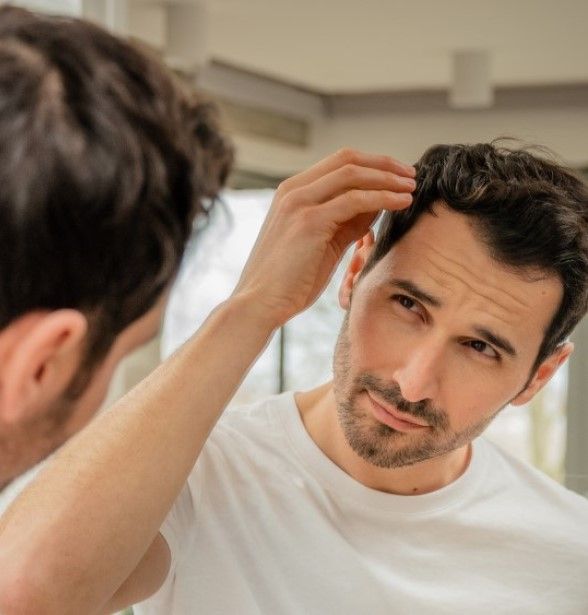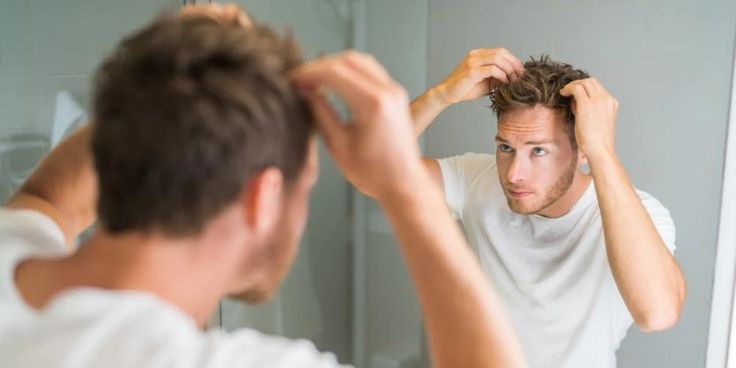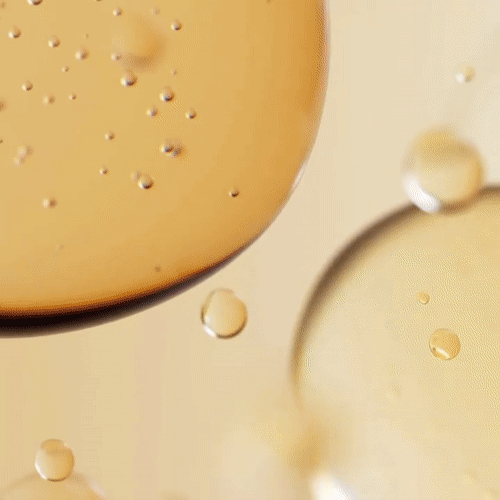Today’s consumer is an explorer navigating the vast ocean of cosmetics. Amidst a sea of ingredients and dazzling promises, we search for a lighthouse to save us from the deep-seated anxieties of aging and hair loss. Recently, one such beacon has emerged: the ‘Vitamin C shampoo.’ The mere fact that Vitamin C—an icon of antioxidant science—has been combined with shampoo leads consumers to willingly open their wallets in anticipation of powerful effects. However, behind this brilliant myth lies a stark reality we must confront: the limits of an efficacy that simply washes away with the lather.
The myth of the Vitamin C shampoo begins with a plausible scientific foundation. Vitamin C, or ascorbic acid, acts as an essential coenzyme for collagen synthesis in the human body and is one of the most potent antioxidants for neutralizing cell-damaging free radicals. Applying this efficacy to the scalp paints an ideal picture: protecting scalp cells from UV rays and pollutants while preserving dermal collagen to create a resilient, healthy scalp—fertile ground for strong hair to grow. Marketing borrows this perfect theory to craft a captivating narrative that promises simple, daily scalp anti-aging through the act of shampooing.
However, this narrative loses its power when it collides with two crucial barriers of reality. The first is the ‘tyranny of time.’ A shampoo is, by its nature, a ‘wash-off’ product with extremely limited contact time on the scalp. In the fleeting moment of a minute or so, it is physically next to impossible for Vitamin C molecules to penetrate the scalp’s primary defense line, the stratum corneum, and reach the dermis where collagen exists in a biologically effective concentration. This is as unrealistic as attempting to master a foreign language by listening to a two-minute song. While it may provide a minor antioxidant effect on the scalp’s surface, to call this structural ‘anti-aging’ or ‘elasticity improvement’ is a gross exaggeration.
The second barrier is the tragedy of ‘ingredient instability.’ Pure Vitamin C is highly susceptible to water, air, and light, causing it to oxidize and lose its potency easily. Shampoo is a water-based medium, and we expose it to air every time we open the cap—a worst-case scenario for Vitamin C. Of course, stabilized derivatives like Ethyl Vitamin C are used as alternatives, but marketing often blurs this distinction, creating the illusion that the potent effects of pure Vitamin C are being delivered intact. In essence, consumers may be paying a premium for an ingredient that could already be inert by the time it reaches their scalp.

The most significant problem born from the combination of these limits extends beyond a mere financial waste. It is the opportunity cost of ‘false hope’ stealing the ‘golden time’ for treatment. Despite the fact that Vitamin C shampoo has no effect on the hormonal (DHT) pathways that cause genetic hair loss, consumers rely on it, thereby delaying the window for necessary medical intervention. This leads to the unfortunate outcome of moving further away from a real solution while chasing a futile hope.



